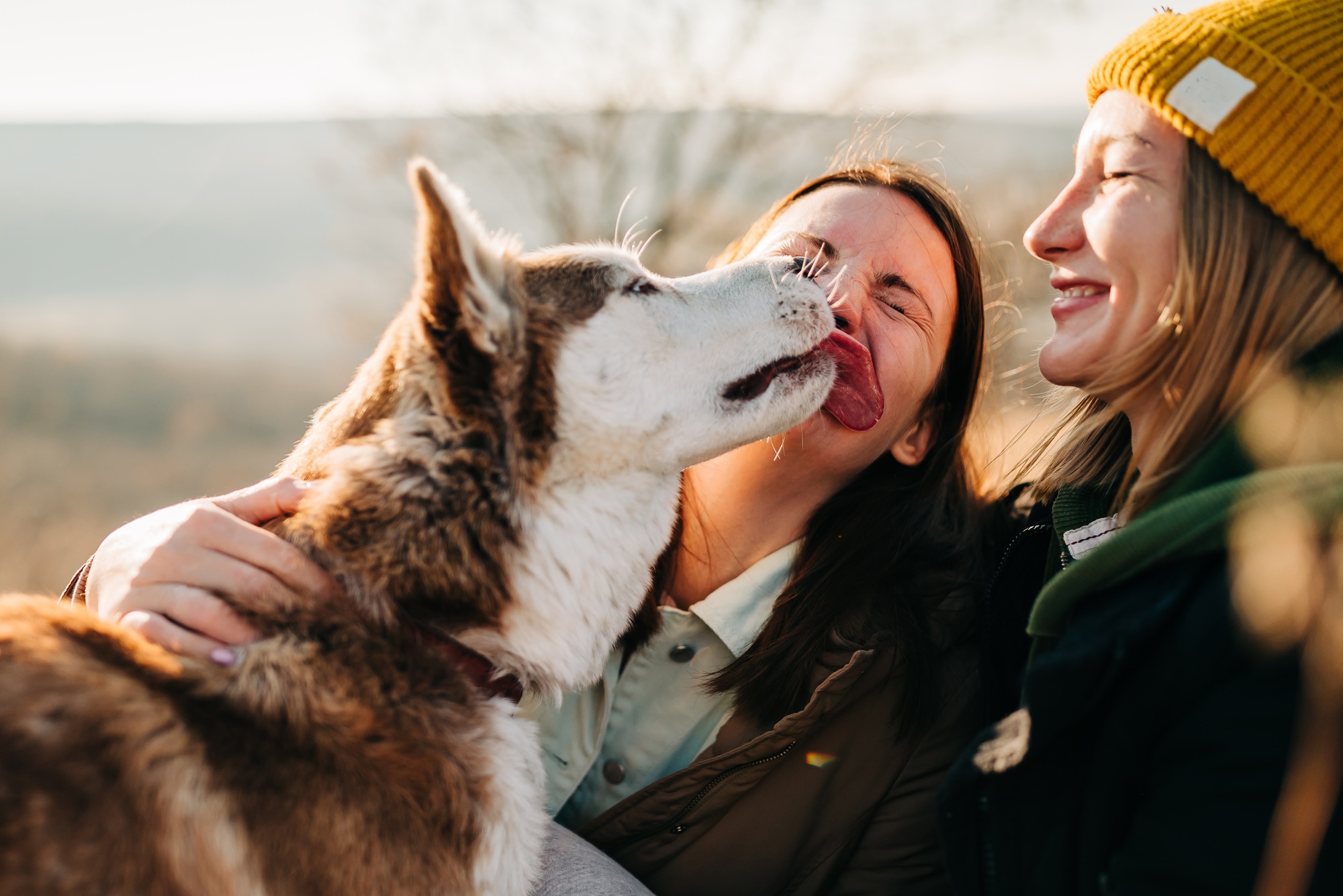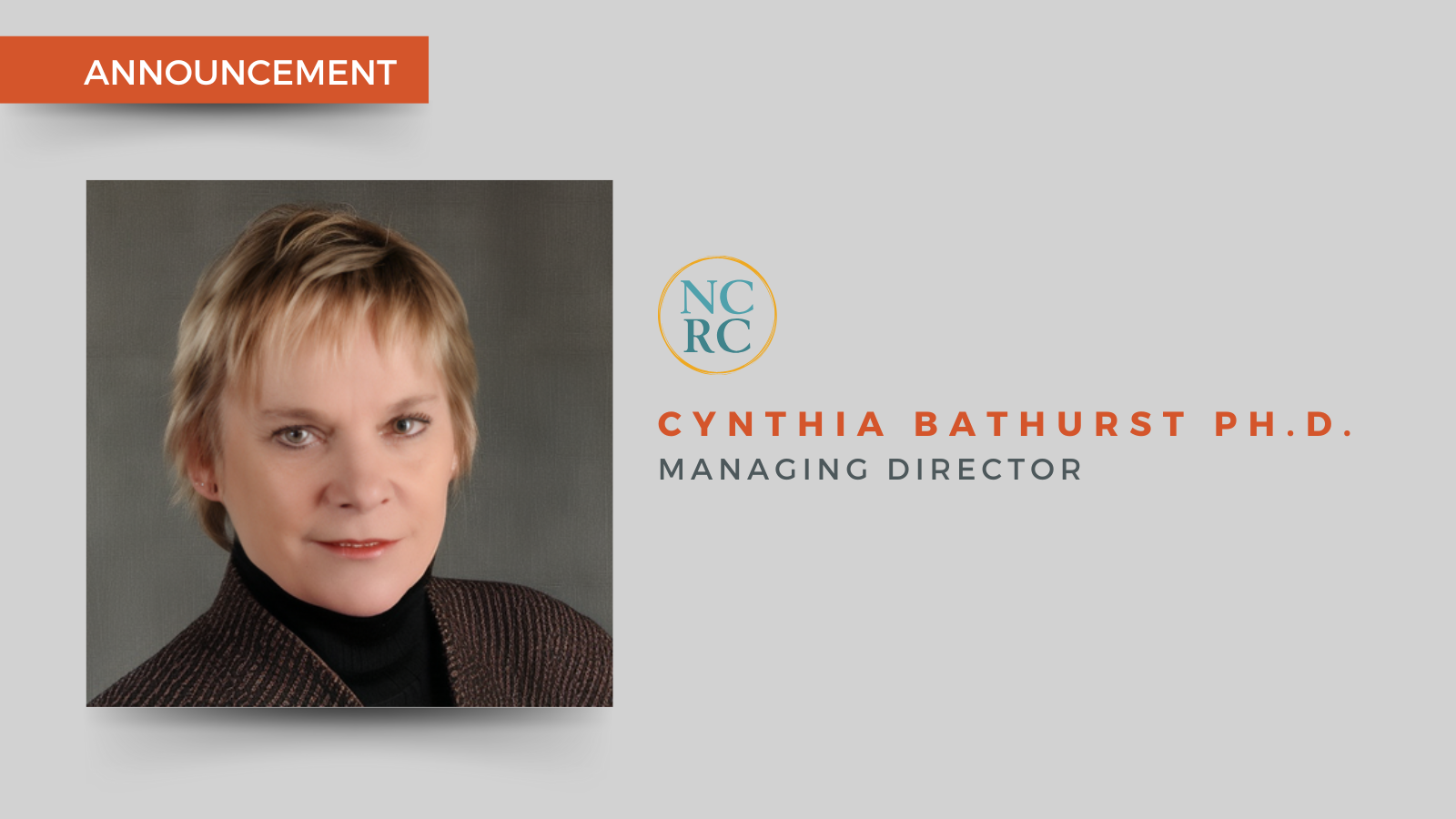No playing in dog parks? Some regulators seem to think so. A friend of mine is fond of telling how, as young parents, she and her husband would stand anxiously over their newborn’s crib, watching him sleep and nervously asking each other, “is that good breathing?” Dog adopters often seem to experience the same kind of uncertainty when they first watch their pets playing with other dogs. One of my most frequent tasks as a behavior consultant was doing color commentary on dog play for clients to help calm their fears. Dog play is a joyous and raucous business of chasing and wrestling and leaping at one another, usually accompanied by rumbly, growly vocalizations, done at such speed as to be mostly a blur to the human eye. The best way to watch it is probably in slo mo on video, where the elegant coordination of the pax de deux can be appreciated, and the “just kidding” truth of these play versions of fighting becomes obvious.
Dogs do, of course, argue from time to time and even come to the point of the doggy version of fisticuffs, but the limited research that has been done on interactions in dog parks so far consistently indicates that it’s quite unusual for it to actually end in tears. Dogs do extremely well at the kind of communication needed to play together safely.
Yet ordinances like the one in Deltona, Florida, require that dogs be banished if they “bite, growl, bark excessively, [or] jump at other people or dogs.” What this means is that dog play is forbidden in an off leash area specifically set aside for it. The rule signs I assume accompany this policy might as well read, “no playing allowed.” The undefined requirement that the dogs be “well behaved,” is simply indecipherable. Such prohibitions reveal complete ignorance of canine social behavior. Input from experts in the field is essential to the formulation of rules that are practical, ones that can actually contribute to safe, harmonious socializing in public facilities like dog parks Even if municipalities avail themselves of bona fide experts, however, the judges of this “good behavior” are designated to be any city employee. It would be possible to train employees to recognize inappropriate play behavior in dogs. But this would not only be impractical, it would result, absent any injuries inflicted, in banishing dogs for the canine version of rudeness. No one would argue that a dog who inflicts serious or repeated injuries on other dogs in the park should have continued access, but this is as far as such a requirement can reasonably go. And an even more serious issue is that badly defined rules or ones that prohibit common, normal, behavior—this language has both—effectively invite selective, arbitrary enforcement. Since pretty much any dog socializing with other dogs can be seen to be committing one of these infractions, the effect is that any city employee can throw out any dog who he just doesn’t happen to like, or whose person he harbors some bias against.
What the dogs lose by being deprived of opportunities to play with their own kind is difficult to estimate. My own dogs’ lives would certainly be impoverished without their daily rituals of taking turns lying in wait for one another on a bed or around a corner, growling quietly and then leaping out at the last moment, jaws snapping, and dashing through the house, only to end up sharing a dog bed with one perhaps chewing contemplatively on the other’s ear—or elbow—or ankle.
Fortunately, to maintain the already generally safe and amicable reality of dog parks, we do not need to go as far as what another old friend of mine, the mother of 4 boys under the age of 10, who kept a large dispenser of band-aids handy, was fond of saying, “if you’re not bleeding, you’re not having fun.” If nobody is getting hurt, pet parents can feel free to reassure each other that, “yes dear, that’s good playing.”







